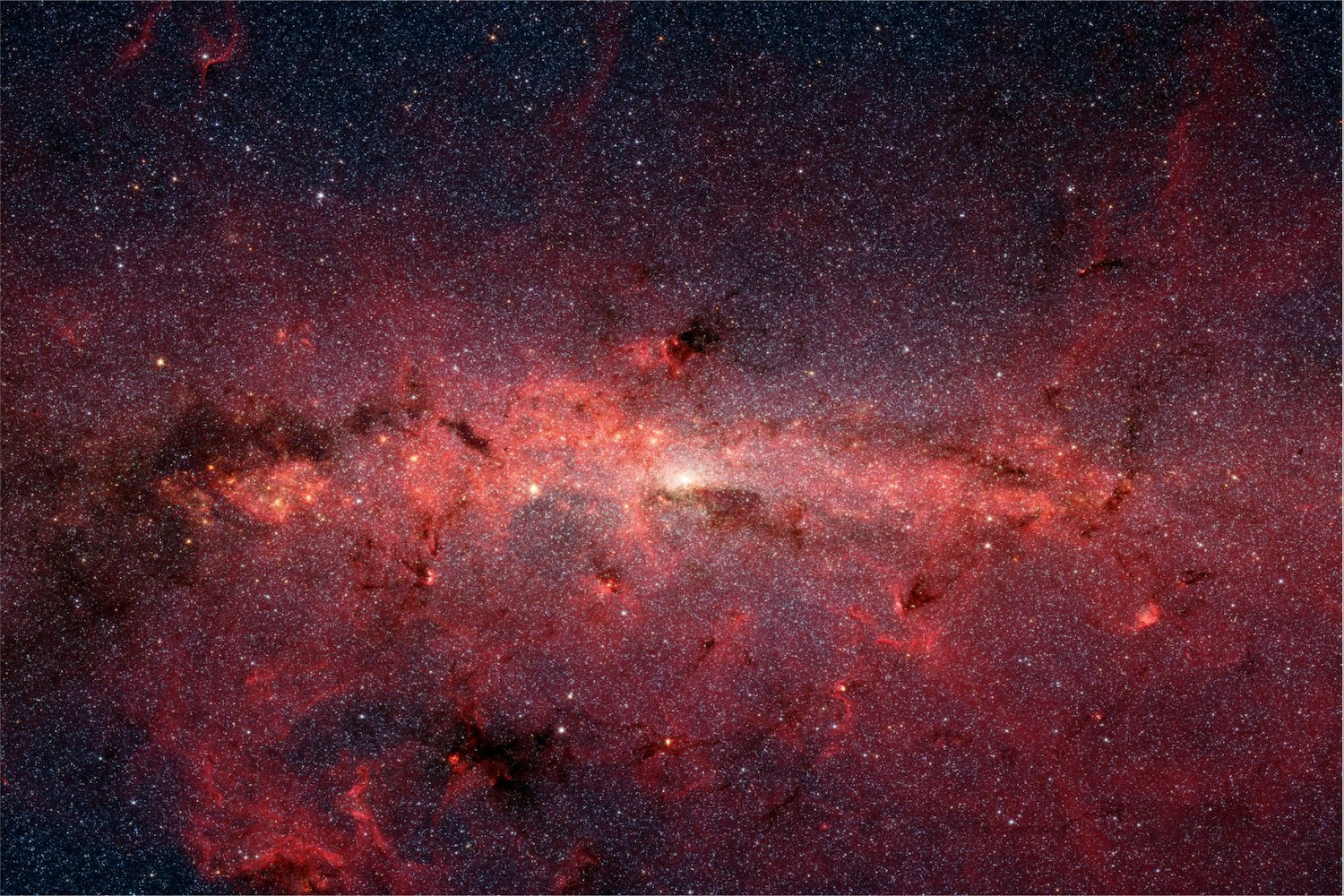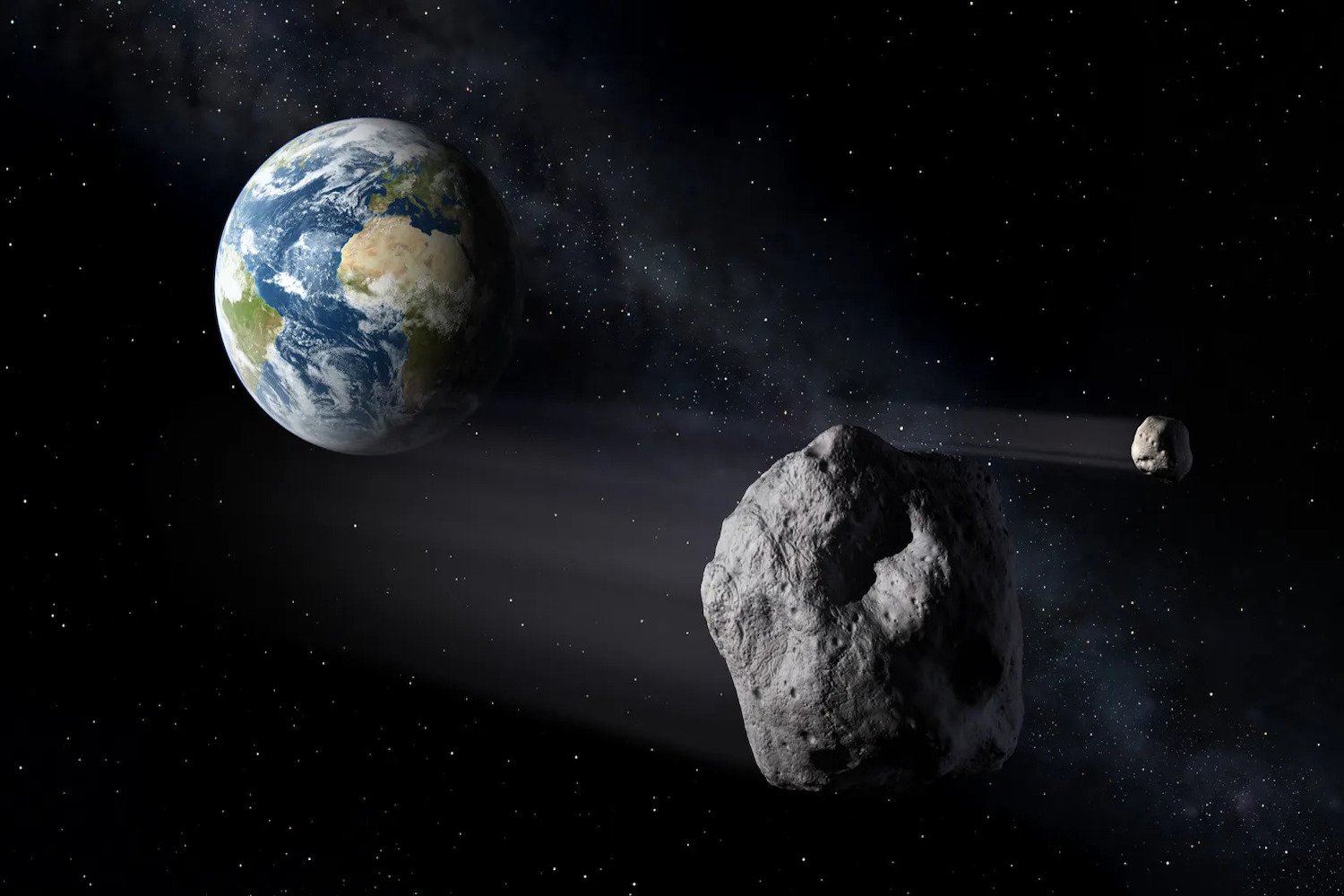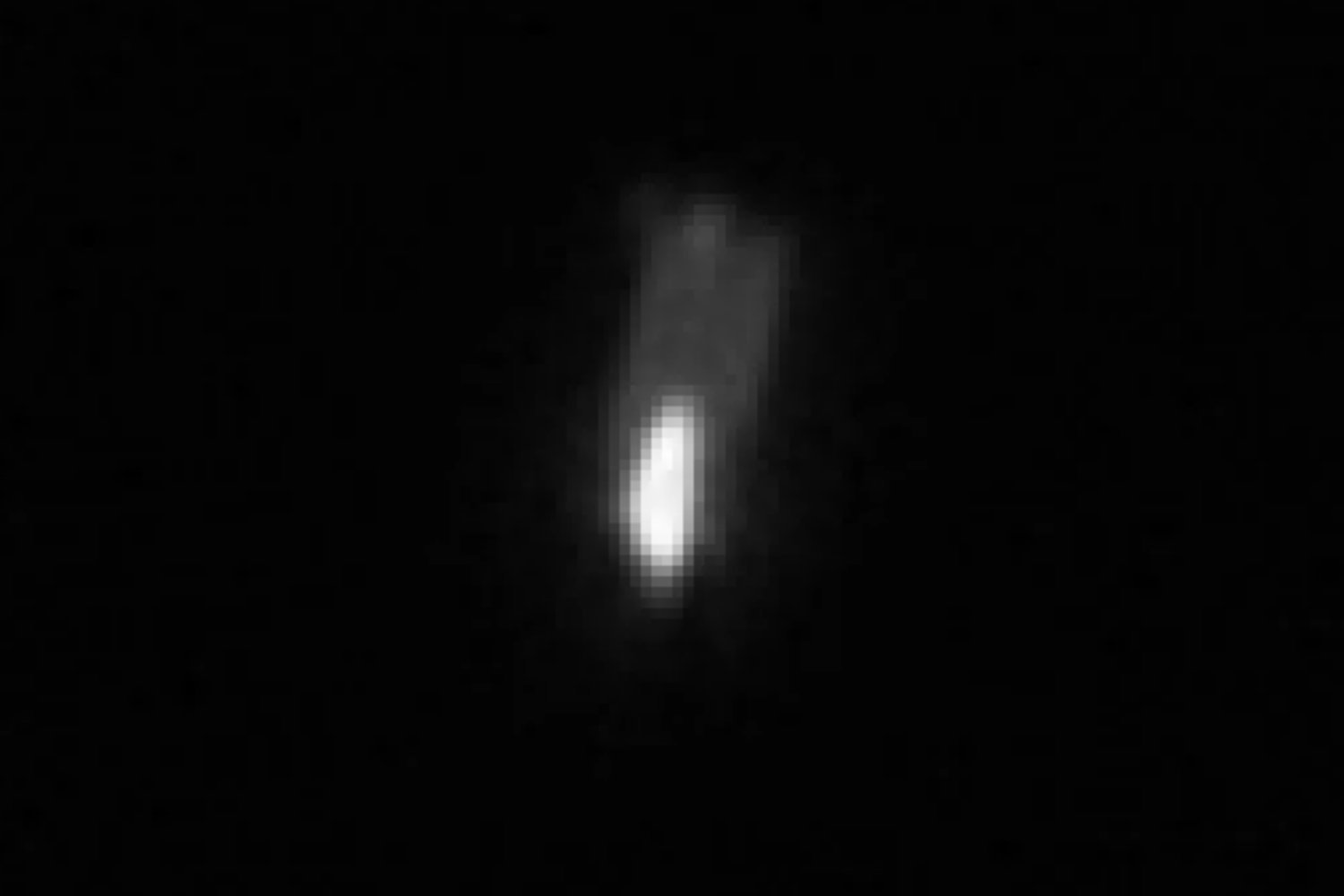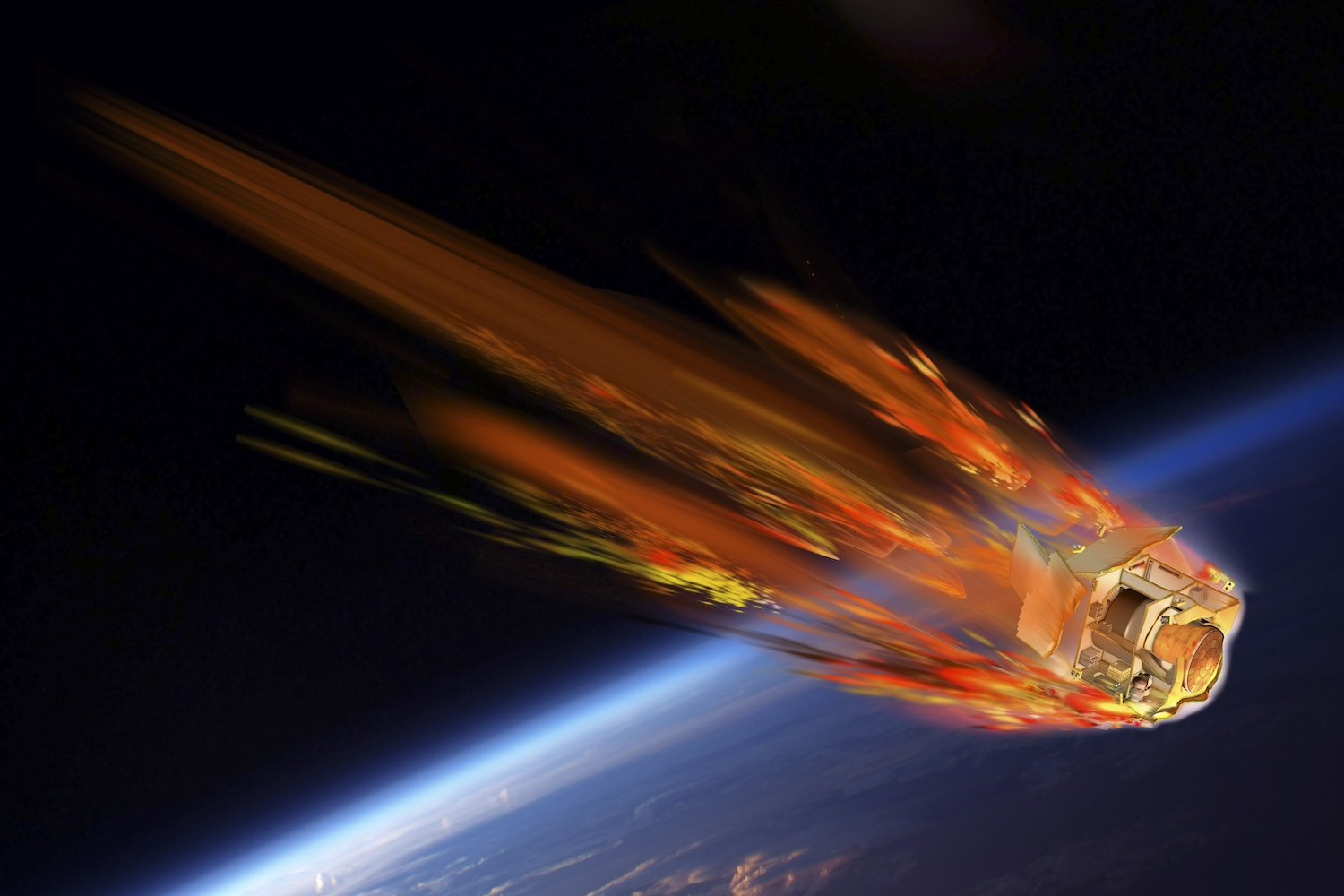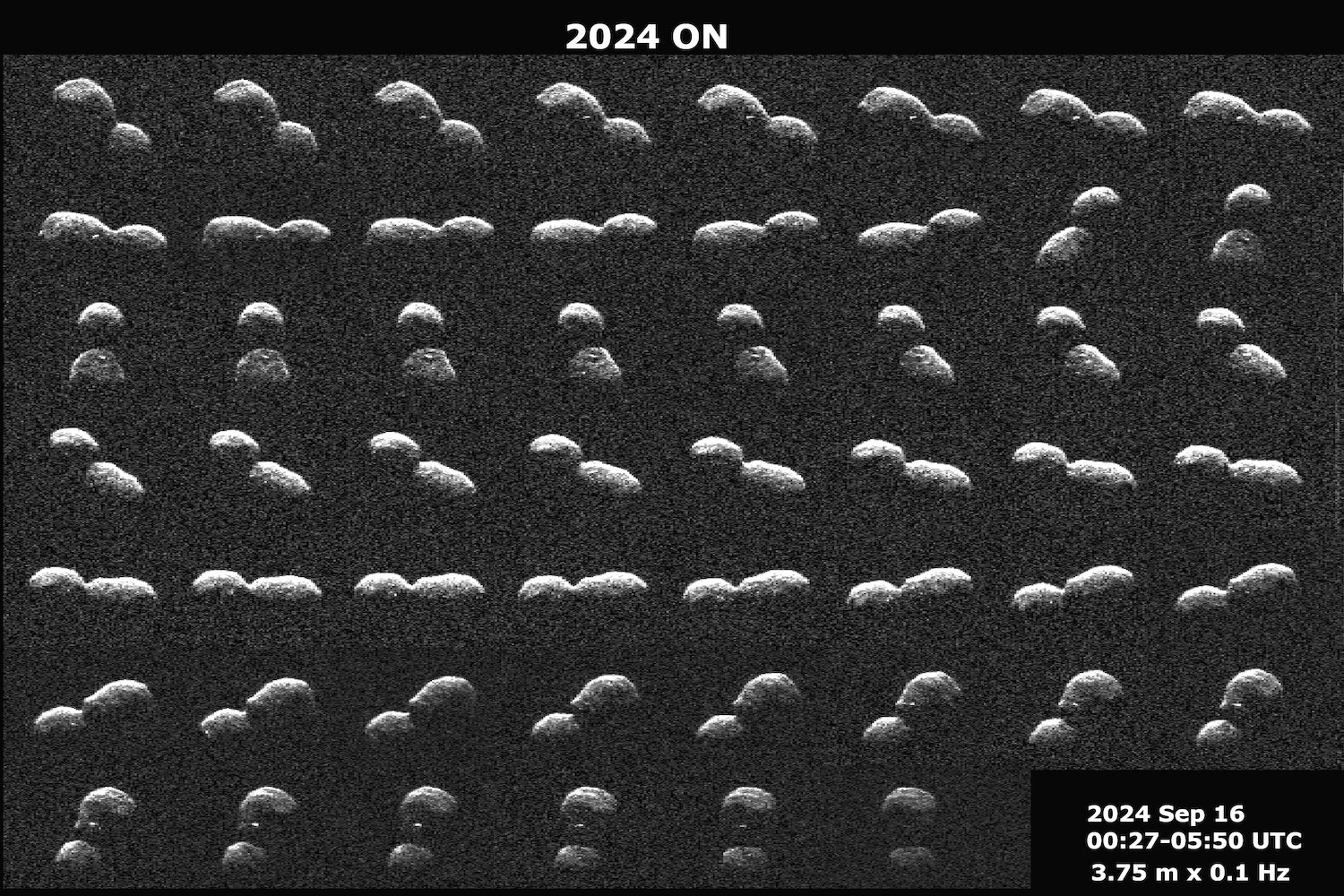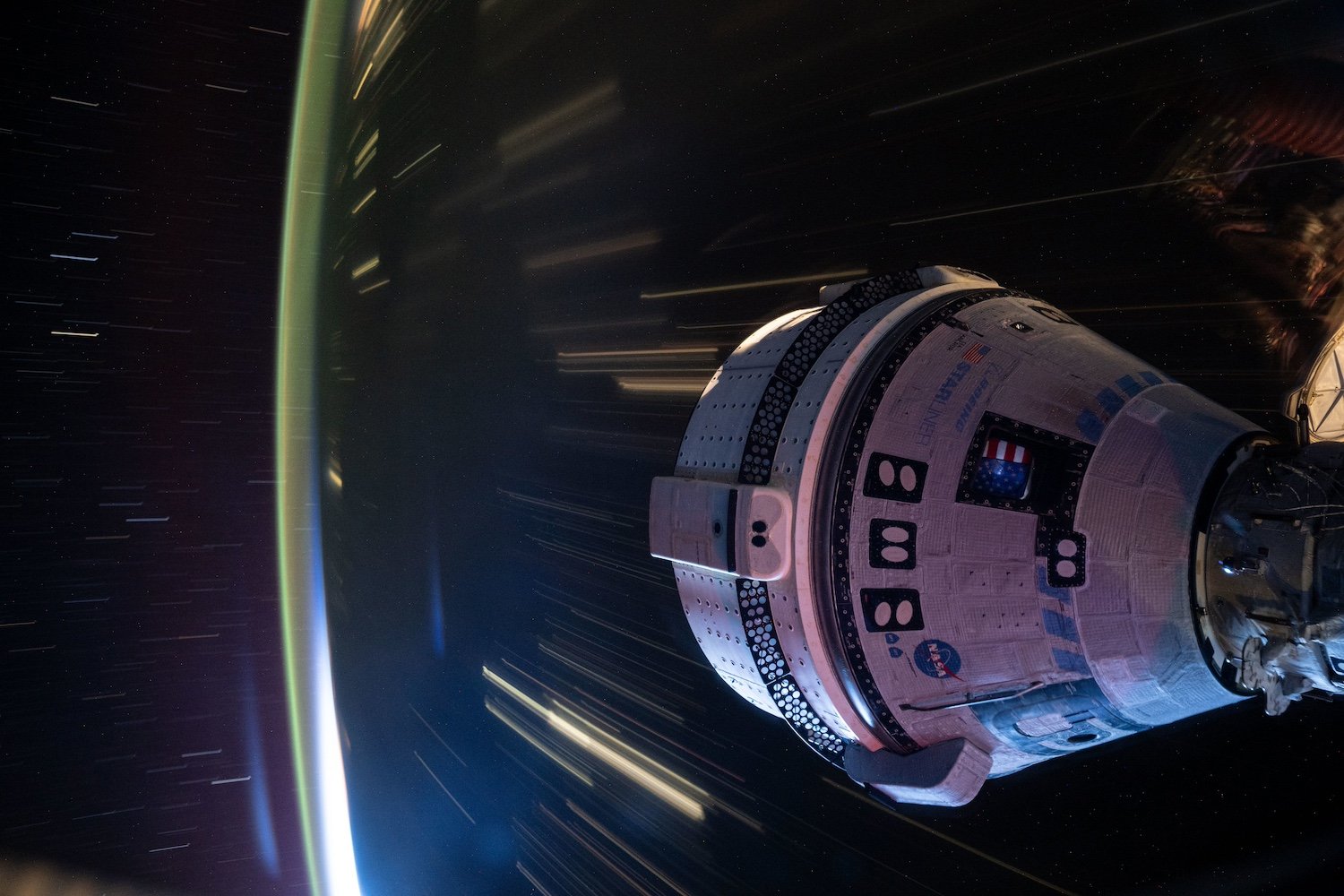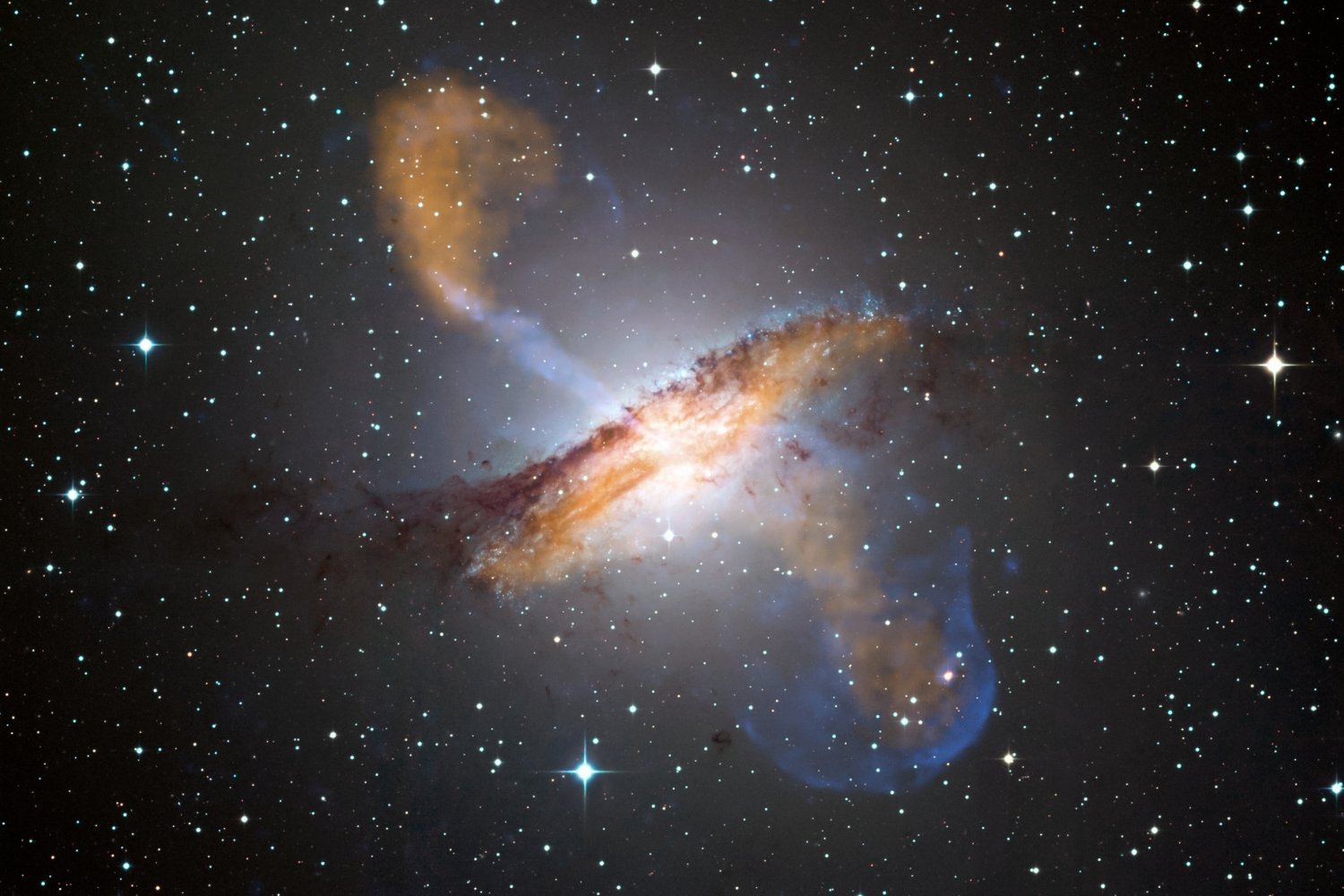Our home galaxy, the Milky Way, is a complex system of gas, dust, billions of stars, and a central supermassive black hole. While our location within the galaxy provides a unique perspective, it also makes it challenging to understand its overall structure. A groundbreaking discovery has the potential to reshape our understanding of the Milky Way’s architecture and its evolutionary journey.
Researchers from the National Institute for Astrophysics (INAF) in Italy have identified colossal structures within the Milky Way’s halo. These structures, possibly fueled by powerful outflows of gas and energy from exploding stars, offer new insights into galactic evolution. Their findings are detailed in a recent study published in Nature Astronomy.
Massive Magnetic Filaments Tower Above and Below the Galactic Plane
The research team analyzed data from over ten all-sky surveys covering a wide range of wavelengths, from radio waves to gamma rays. This comprehensive approach allowed them to confirm the existence of massive magnetized structures extending over 16,000 light-years above and below the galactic plane. These structures contain highly organized magnetic fields, forming thin filaments stretching up to 150 times the width of the Moon.
The study suggests a connection between these structures and the eROSITA bubbles, giant structures of hot gas detected in 2020 by the eROSITA X-ray telescope. Martijn Oei, a radio astronomy and cosmology researcher at Caltech, not involved in the study, commented, “The new study supports the growing evidence for hot gas and plasma bubbles above and below the Milky Way. If our galaxy is typical of spiral galaxies, similar structures might exist in others.”
Galactic Outflows: A Driving Force in Stellar Evolution
The Fermi Gamma-Ray Space Telescope initially detected these hot bubbles in 2010, observing mysterious structures emitting higher-energy gamma rays than the rest of the galactic disk. These structures could be the result of energy released by the central supermassive black hole and hot gas jets triggered by supernovae.
“This research provides the first detailed measurements of magnetic fields in the Milky Way’s X-ray emitting halo and reveals new connections between star formation and galactic outflows,” explains He-Shou Zhang, lead author of the study from INAF. “Our findings demonstrate that the observed magnetic ridges are not random but closely linked to star-forming regions.”
The Milky Way’s Star-Forming Ring: A Key Player in Galactic Outflows
These galactic outflows contribute to stellar formation, fueling the birth of new stars and playing a crucial role in galactic evolution. The death of a star leaves behind a collapsing cloud of material that can give rise to new stars. This study suggests a link between galactic outflows and the Milky Way’s star-forming ring at the end of its Galactic Bar, the central region where most stars, gas, and dust reside.
“This study significantly advances our understanding of the Milky Way,” states Gabriele Ponti, a researcher at INAF and co-author of the paper. “It’s fascinating to see that even a relatively quiet galaxy like the Milky Way can produce powerful outflows, and that the star-forming ring at the end of the Galactic Bar plays a major role.”
Galactic Outflows: Shaping the Destiny of Galaxies
Galactic outflows are fundamental to the growth and evolution of galaxies. Studying these powerful processes in the Milky Way provides valuable insights into the development of galaxies like our own and our place in the universe. “We are learning that galactic halos are magnetic, and these magnetic fields play a vital role in galactic evolution,” says Oei. “The Milky Way is an invaluable laboratory because it’s the only spiral galaxy we can study up close.”
Conclusion: A New Perspective on Galactic Evolution
The discovery of these massive magnetic structures and their connection to galactic outflows provides a new perspective on the Milky Way’s evolution. This research emphasizes the importance of magnetic fields in shaping the destiny of galaxies and highlights the dynamic interplay between stellar death, star formation, and the vast structures within galactic halos. Further research will undoubtedly continue to unravel the complex processes shaping our galactic home and its place within the larger cosmos.



